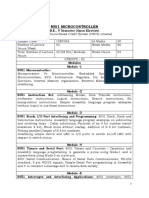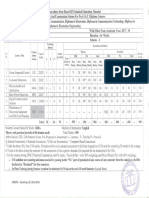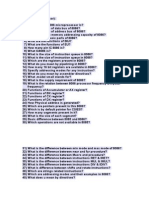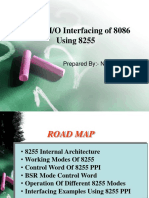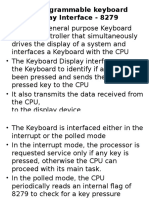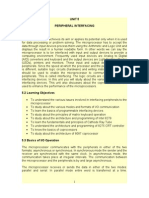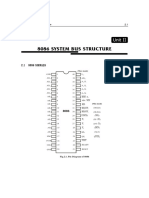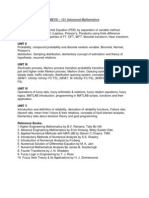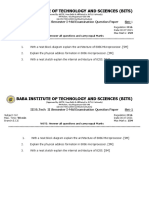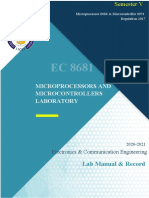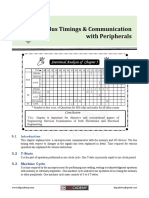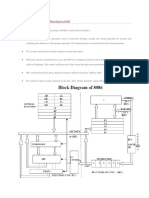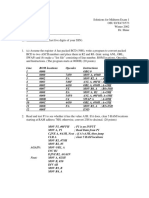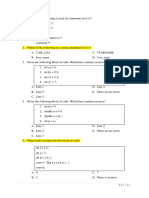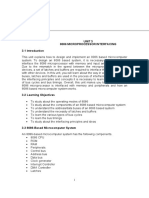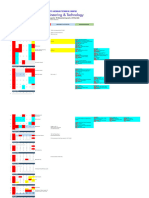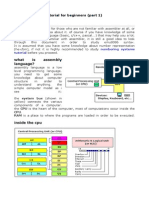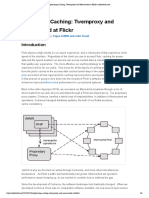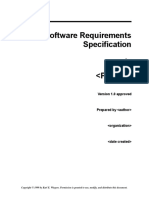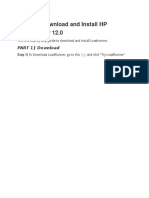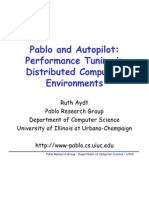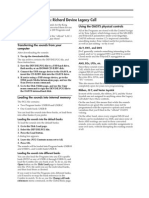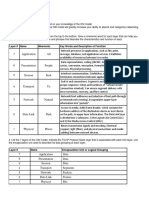100% found this document useful (2 votes)
188 views3 pages8086 Interfacing Problem
The document details the interfacing of a 32KB memory with the 8086 microprocessor in both Minimum and Maximum Modes, including memory mapping and control signals. It outlines the address range, chip selection using a 74LS138 decoder, and the corresponding control signals generated in each mode. Circuit diagrams for both modes are also provided to illustrate the connections and operations involved in memory read and write processes.
Uploaded by
otherwork3757Copyright
© © All Rights Reserved
We take content rights seriously. If you suspect this is your content, claim it here.
Available Formats
Download as DOCX, PDF, TXT or read online on Scribd
100% found this document useful (2 votes)
188 views3 pages8086 Interfacing Problem
The document details the interfacing of a 32KB memory with the 8086 microprocessor in both Minimum and Maximum Modes, including memory mapping and control signals. It outlines the address range, chip selection using a 74LS138 decoder, and the corresponding control signals generated in each mode. Circuit diagrams for both modes are also provided to illustrate the connections and operations involved in memory read and write processes.
Uploaded by
otherwork3757Copyright
© © All Rights Reserved
We take content rights seriously. If you suspect this is your content, claim it here.
Available Formats
Download as DOCX, PDF, TXT or read online on Scribd
/ 3


